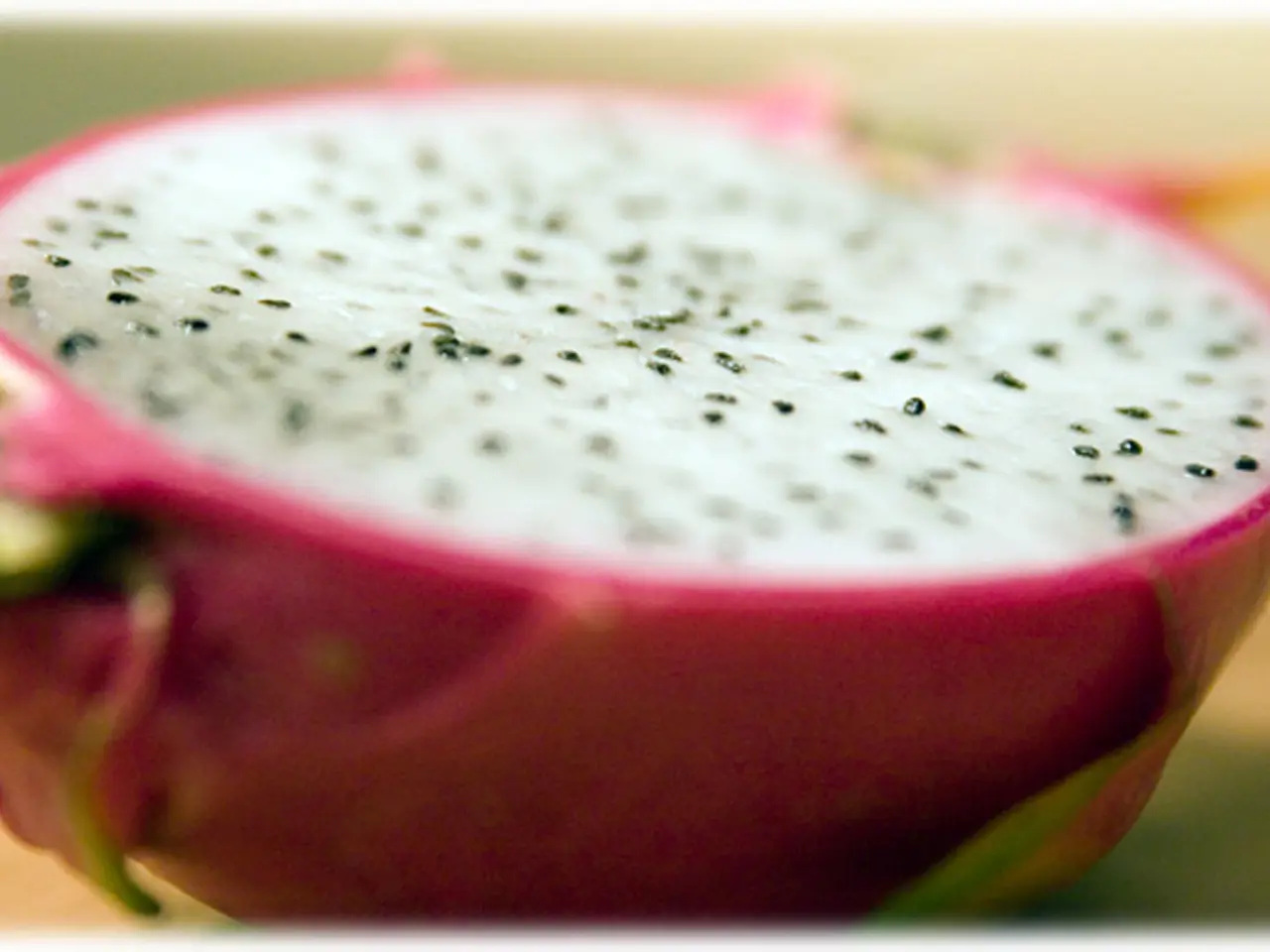Dragon Fruit Gains Traction in India: IIHR's Cultivation & Processing Efforts Boost Marketability
Kamalam, also known as dragon fruit or pitaya, is gaining traction in India due to its vibrant appearance, health benefits, and adaptability to diverse Indian climates. The Indian Council of Agricultural Research's Indian Institute of Horticultural Research (IIHR) is at the forefront of cultivating and processing Kamalam in India, aiming to optimize fertilizer doses (N:P:K) to maximize fruit yield under various Indian soil conditions. They also promote cultivation practices and characterize the dragon fruit, making it more accessible across the country.
Research has focused on understanding how Kamalam thrives in different Indian climates. Its pink and white varieties are rich in antioxidants like betalains, which combat free radicals in the body. Kamalam is also an excellent source of vitamin C, B-complex vitamins, dietary fiber, potassium, and magnesium. IIHR has developed innovative techniques to extend Kamalam's shelf life and processes it into products like juices, jams, and dried snacks. They have also created scientific methods to enhance Kamalam's yield and quality, including guidelines on soil preparation, irrigation, and pest management.
With its exotic appearance, refreshing taste, and significant health benefits, Kamalam is poised to become a staple in India's fruit market. IIHR's efforts in optimizing cultivation, processing, and preservation techniques ensure its viability and profitability, making it an attractive crop for Indian farmers and consumers alike.
Read also:
- Qur'an Emphasizes Fatherhood Through Stories of Prophets
- Capella Nursing Students Gear Up for Crucial FPX 4050 Assessments
- Comprehensive Overview of Addressing Traumatic Brain Injuries (TBIs)
- Enhanced Health Services Provisioned by San Diego Academic Health Partnership Continues During COVID-19 and Beyond






